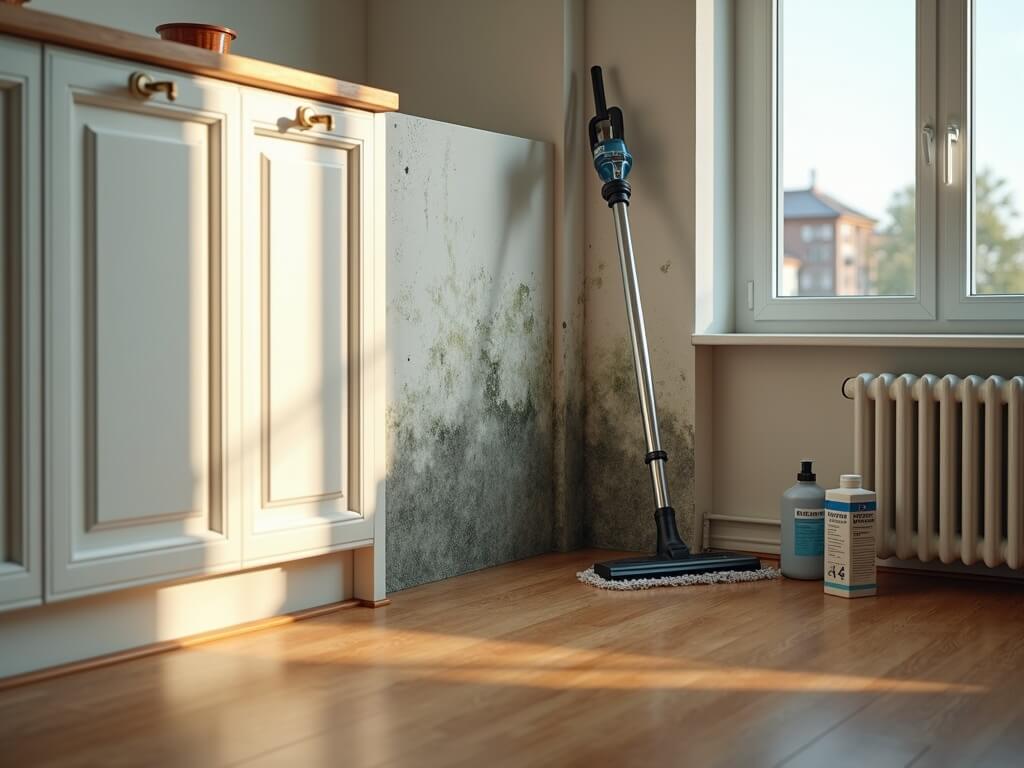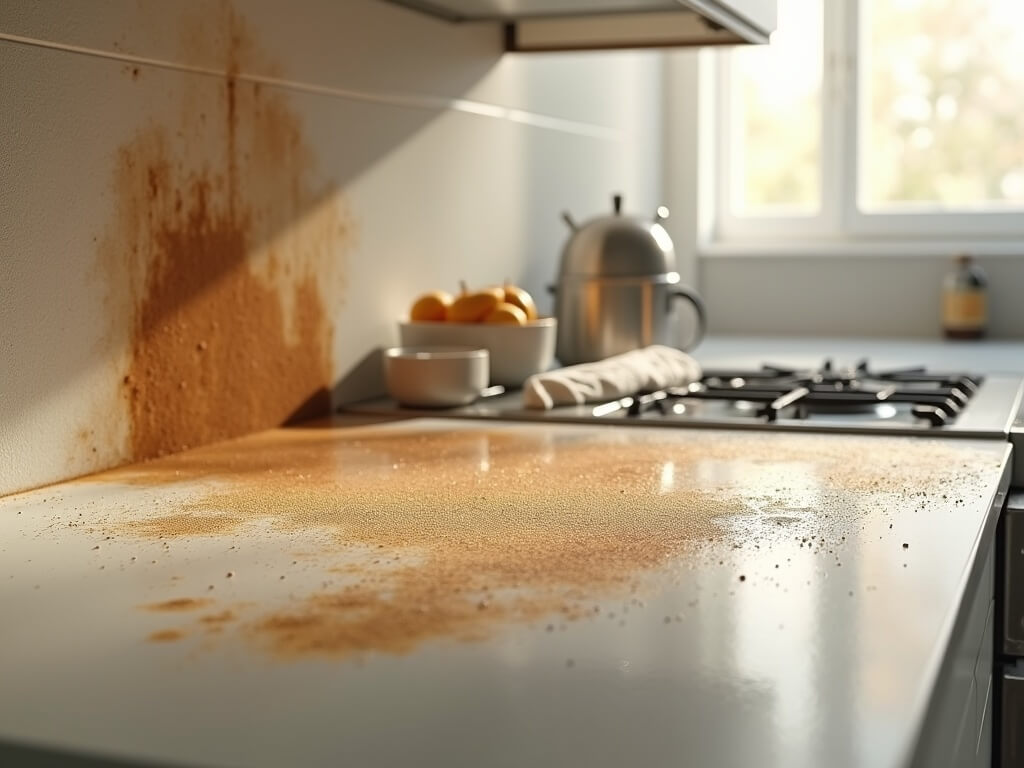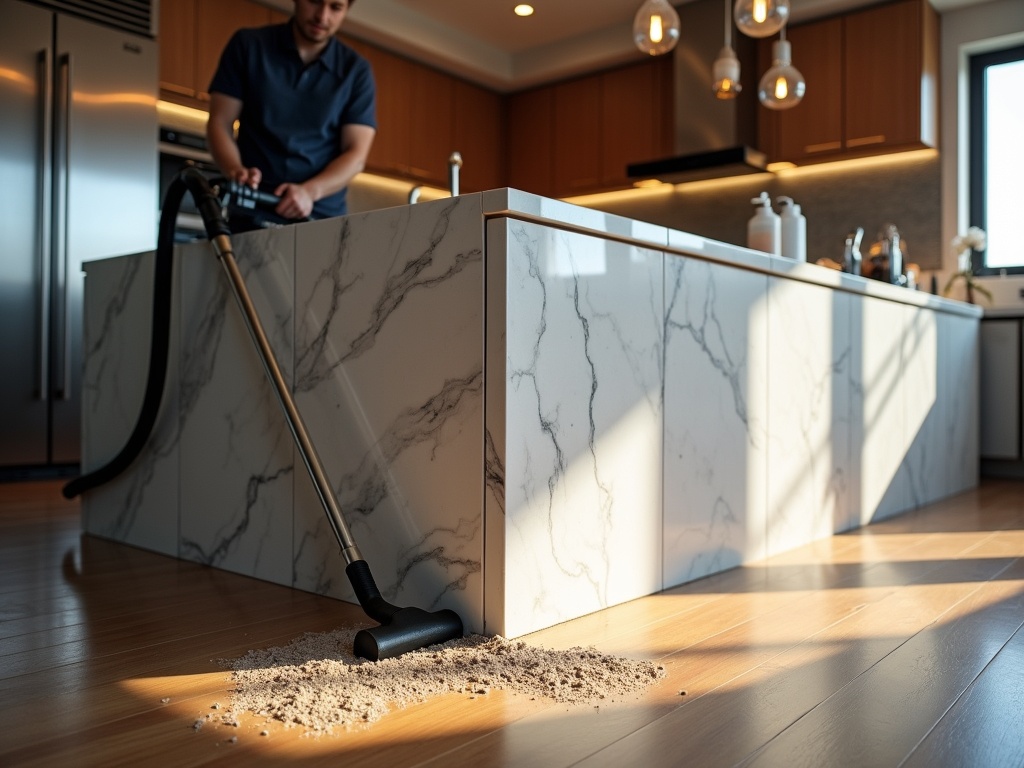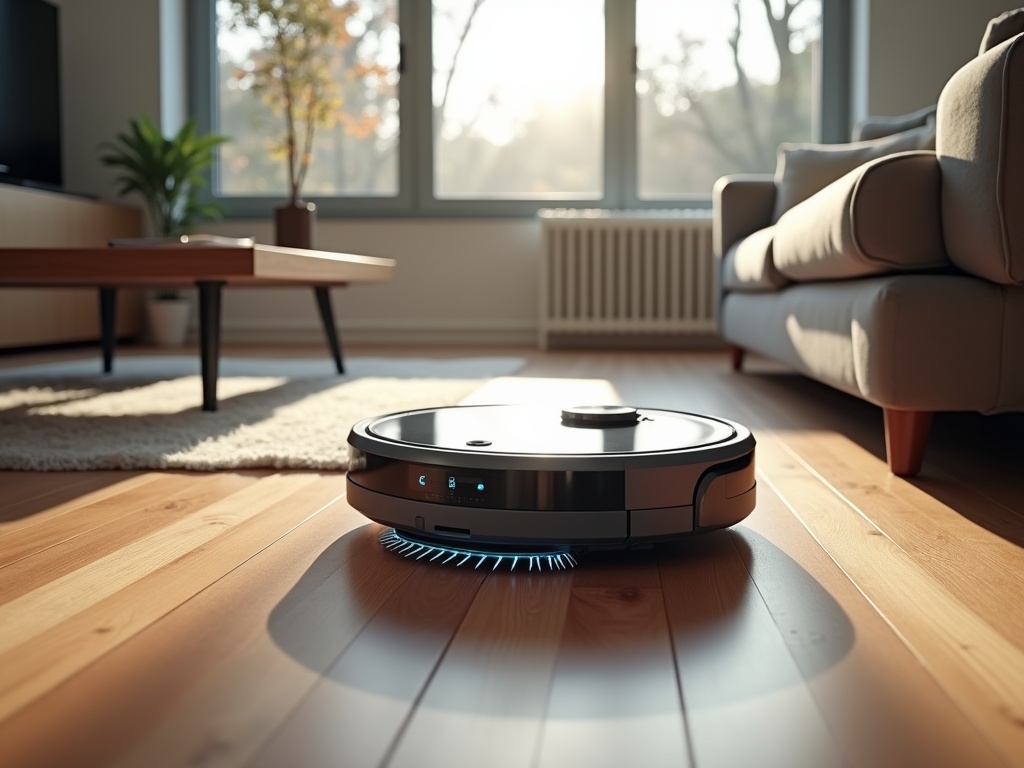Ever wonder why your home still feels dusty even after a deep clean?
Here’s the truth: most people—even super tidy ones—miss at least 10 spots every time they clean.
Professional cleaning tips don’t just help you hit those gross, forgotten corners—they save your time, protect your health, and make every room feel fresh again.
Let’s talk about the stuff that really makes a difference.
Professional cleaning goes way beyond wiping counters and vacuuming carpets.
It means knowing exactly where dirt hides and how to deal with it—safely, efficiently, and thoroughly.
A pro cleaner doesn’t just clean what you see.
They target what you don’t.
That odd smell in your guest room?
It’s probably dust behind the dresser.
The sticky grime on your light switches?
Yep, it’s hiding bacteria.
Especially in cities like Bonn, with a mix of humidity and urban grit, overlooked areas can damage indoor air quality fast.
I’ve seen mold under kitchen cabinets where a mop never reached—because no one ever thought to look.

Once we cleaned out that home in Bonn’s Südstadt, the client’s allergies improved within days.
Bottom line?
Professional cleaning boosts health, stops pest problems early, and keeps your home actually clean—not just surface clean.
Key takeaway: Attention to detail isn't extra—it’s everything.
You can’t hit hidden spots without the right gear.
Think of a cleaner’s kit like a toolbox—each piece does something specific and saves you a ton of time.
Here’s what I actually use every single day during deep cleans:

Key takeaway: It’s not about having more tools—it’s having these tools.
Some areas are just awkward.
You can’t get behind the fridge easily.
The top of your cabinets feel like they exist in another dimension.
Here’s how the pros actually clean these spaces without throwing their back out.
Personal Tip: I once cleaned a home where sugar syrup had spilled behind a countertop years earlier.
The countertop was sealed, so the syrup fossilized.
It smelled like spoiled candy.
I used ziplock baggies filled with vinegar taped onto the spot to soften it overnight.
The next morning?
Cleaned off with zero scraping and no scratches.
Key takeaway: Clean smart, not hard—patience and prep win every time.
Even if you're super on top of your weekly chores, I guarantee you're missing a few of these:
Key takeaway: If it’s hard to reach, it’s probably already dirty—and affecting your home’s air.
Now that you’ve got the tactical tools, cleaning mindset, and problem spots in your line of sight, let's look at whether it's smarter to handle this yourself or bring in the pros.
Explore more insights on our home cleaning services or if you're ready for a serious refresh, dive into our deep cleaning options
Let’s get brutally honest.
Just because you can clean something, doesn’t always mean you should.
There’s a reason I get emergency calls from folks who tried to deep clean behind radiators or haul out a washer—and ended up sore, frustrated, or worse.
Is doing it yourself cheaper? Absolutely.
Is it more flexible with your schedule? 100%.
But here's the thing nobody tells you: cleaning deep isn’t just about scrubbing harder—it’s about knowing how not to cause damage, injury, or a bigger mess.
I once got called in after someone tried DIY oven cleaning with bleach and vinegar—those fumes had their whole family coughing for a week.
Use wisdom, not just YouTube.
Here’s when DIY works:
But here’s when pros like me come in clutch:
You get what you put in—if you’re only putting in 10 minutes a day, that’s what your air and hygiene reflect.
You’re not just paying for labor.
You’re paying for precision.
Professionals come equipped with:

In my business: https://www.sierrastoptobottomcleaning.com/services/deep-cleaning, I charge $80 per hour—but let me tell you, when we clean behind 600 lbs. of kitchen island in a Bonn villa, that's worth every cent compared to a chiropractor visit or a pest control call later.
Strategic investments in professional cleaning services eliminate bacteria, allergens, and pest risks you won’t even know you had—until they get worse.
Key takeaway: It’s not DIY vs pro—it’s knowing when each works best.
Cleaning isn’t stuck in the past.
Right now, smart cleaning tools and custom plans are changing the game—especially if you want maintenance with less muscle.

One of my clients in Poppelsdorf uses this setup with monthly pro visits—and their dust allergy issues dropped by half.
No more random scrubbing at 11 PM before guests arrive—your phone already told you to clean blinds yesterday.
If a cleaning product makes you cough, your kids shouldn’t be crawling near it.
Eco-friendly ≠ weak.
Here’s my actual kit:
Consumer Reports says over 60% of Americans now seek out green options in cleaning products. https://www.thisoldhouse.com/cleaning/22736217/overlooked-places-to-clean
In Bonn, where environmental standards are already high, this trend isn’t optional—it’s expected.
Key takeaway: Tech + green products = clean doesn’t have to mean toxic.
Q: “How often do I actually need to clean these hard spots?”
Q: “How do I clean ceiling corners safely without breaking my neck?”
Q: “I have asthma—how do I clean without triggering it?”
Q: “Are homemade cleaners okay, or just Pinterest nonsense?”
Q: “Is there a way to keep things clean in between pro visits?”
Key takeaway: Maintenance keeps deep cleans from becoming disasters.
Hard-to-reach spots aren’t just an aesthetic issue.
They’re a health hazard factory.
When you ignore behind the oven, the top shelf, or the vent under the bathroom cabinet, dirt compounds invisibly.
And the longer you avoid these areas, the harder—and more expensive—they become to fix.
What separates a truly clean, healthy home from a “looks clean” home is one thing:
Detail.
If you want help getting there—whether it’s every few months or just once a year—I’m available.
If you’re not up for the elbow grease yourself?
Don’t stress. I’ve built my business: https://www.sierrastoptobottomcleaning.com/services/residential-cleaning around those exact homes.
One last thing:
If your house had a voice, those corners you forgot are definitely screaming.
And when you’re ready, I’ll be there to shut them up—in the best way possible.
Looking for expert-level, deep professional cleaning in Bonn that gets the hard-to-reach places spotless? https://www.sierrastoptobottomcleaning.com/services/deep-house-cleaning-84e96
Let’s talk: 253-449-6100 or sierrastoptobottomcleaning@gmail.com.
Because surface cleaning isn’t enough anymore—and professional cleaning services make all the difference. https://www.sierrastoptobottomcleaning.com/services/move-in-move-out
Also check out these expert resources on overlooked cleaning areas:
Overlooked Places to Clean in Your Home: https://www.thisoldhouse.com/cleaning/22736217/overlooked-places-to-clean
The 5 Most Overlooked Places to Clean in Your House: https://www.maids.com/blog/you-missed-a-spot-the-5-most-overlooked-places-to-clean-in-your-house
